When the Beatles repeated the chorus “Get back to where you once belonged” in 1969, they certainly did not have hair color in mind, but this could be a theme song in many salons today as clients come in a desperate search to “get back.”
And in this case, they want to get back to the natural hair color that may have disappeared under layers of bad dye or bleach jobs and unfortunate attempts to “play stylist” at home without the proper tools or know-how.
If you wanna get your hair back to its natural hair color after the bleach, we can walk you through what you need to know about returning your mane to its original glory.
When (and Why) Hair Color Goes Bad
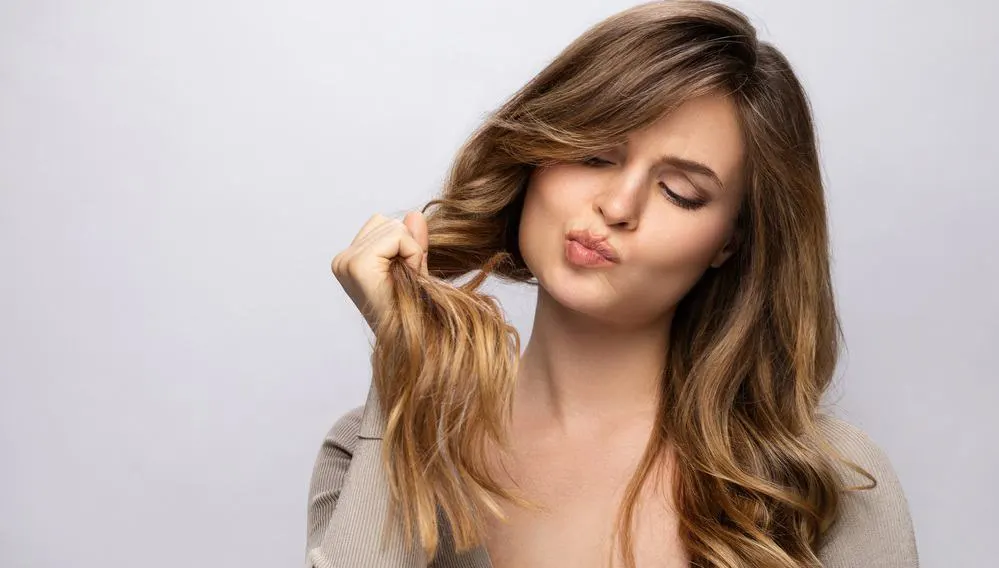
We should note here that hair color can “go bad” even in salons: the blame does not rest solely on non-stylists trying to color their hair at home. Sometimes the bad color could result from a distracted professional stylist juggling too many clients and leaving color on too long.
In some cases, despite a stylist’s attempt to talk a client out of a bad decision, the client may have simply insisted that she must go blonde. And only upon seeing the result the client realizes what her stylist knew all along: that her skin tone was simply no match for blonde hair, and now she looks as if she could be an extra on The Walking Dead.
Bad color can be too light, too dark, too brassy, and anything in between, with poorly matched shades for skin tones and cuts. Artificial color is best when it does not look artificial, though unfortunately, this can be tough to achieve in some cases.
While there may not be an “instant fix” for your particular hair predicament, there is likely a remedy that will improve your color over time or give you some temporary relief with what is known as hair color correction. And as you work toward correcting your color mistake, you might decide scarves and hats are your new favorite accessories!
A Hair Color Rescue Plan
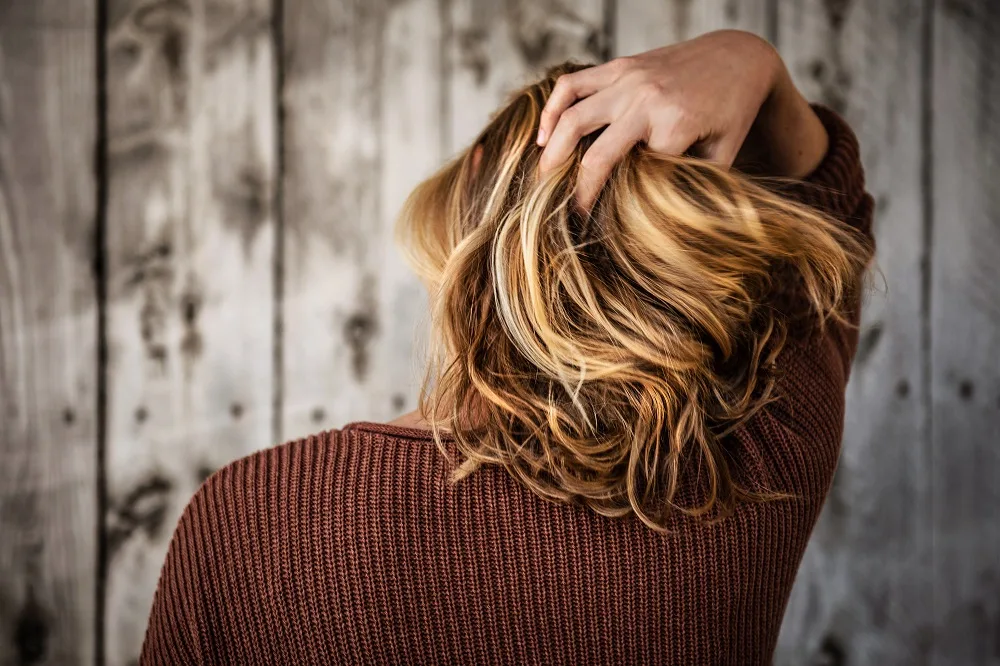
When it comes to fixing hair mistakes, it is time to call in the professionals. You might be able to fix a small leak in your kitchen faucet on your own, but if the entire kitchen were flooded, you would need to call a plumber.
Color mistakes are often the equivalent of a flooded kitchen, so make the call to work with a professional! The last thing you want to do when you have already suffered one unfortunate natural hair mistake is to add another on top of it. Instead, your efforts to correct the color mishap should make you look better and not worse.
Start by making a specific plan with your stylist and asking lots of questions to ensure you know what to expect throughout the process. Next, take a picture to show your stylist your natural color and also discuss all color products you have used.
Be open to the possibility of cutting your hair shorter as well and listen to the stylist’s advice about the cuts that best frame your face shape. A shorter haircut may not be what you initially had in mind, but it could significantly speed the process of transitioning to a better color, and of course, it WILL grow back if you decide you want long hair again.
Your stylist can discuss steps and phases with you to help you better understand how the transition to your natural color will work. If your natural color is strawberry blonde and you have been dyeing your hair black, it will not happen in one step!
You should also consider the financial implications of extensive hair treatments and ask upfront for the costs associated with the services. If the price is a burden, your stylist may be able to compromise in terms of the length of time between services and/or even recommend some intermittent steps you can take at home.
Hair Dyes: Semi-Permanent, Demi-Permanent, and Permanent
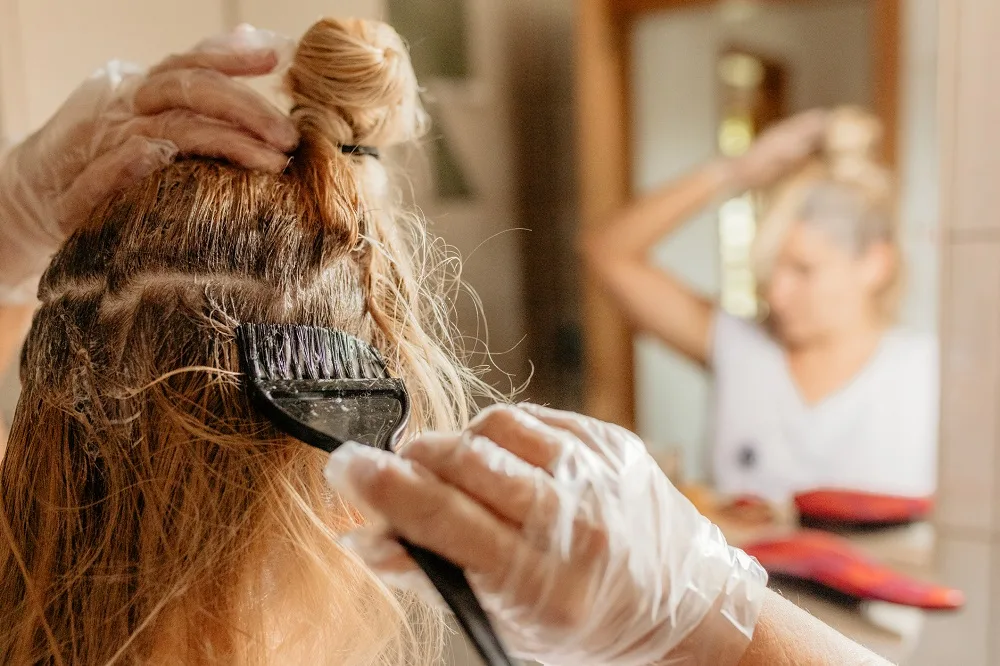
Before we walk you through the corrective processes, we should note the differences between common hair-dyeing techniques:
Semi-Permanent Dye: This type of dye will generally last for around eight washes; it is an easy way to cover gray hair temporarily or even try out a new hue for “fun” but without a long-term commitment.
Demi-Permanent Dye: This dye is an “in-between” as it does penetrate the hair shaft instead of just coating it like a semi-permanent color, but it does not last quite as long as permanent hair color. Demi-permanent color will generally last for up to 24 washes.
Permanent Dye: A permanent dye penetrates the hair deeply and can last for months; however, the color has to be reapplied to cover new hair growth. This is the most significant commitment in terms of hair color and can also be the most difficult to remedy when things go awry.
On the other hand, it is often preferred by those covering gray hair because it is long-lasting and effective.
How to Get Natural Hair Color Back After Semi-Permanent Dye
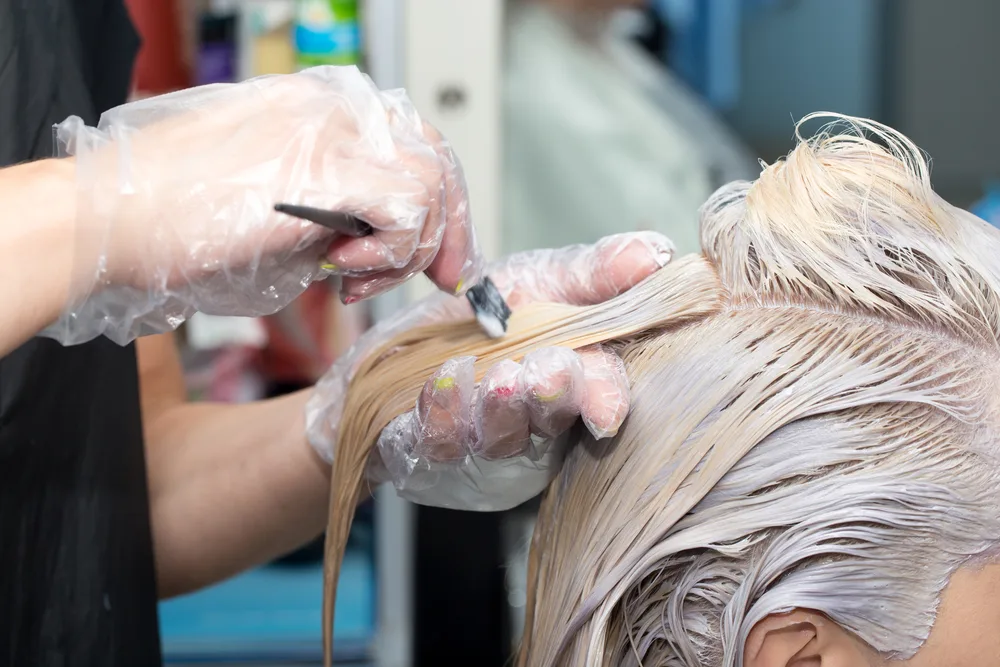
With a semi-permanent dye removal, you can rest assured you can return to your normal color in a fairly short amount of time. The color will fade and eventually disappear completely with washing.
However, if you are so unhappy with your choice that you want an immediate fix, a stylist can take several steps to correct the color. One such option is what is known as “bleach and tone,” but it does not come without the possibility of damaging your hair, so you will need to weigh out the benefits versus risks before trying this approach.
Another possibility is the stylist could add some highlights to soften the harsh appearance if you have done too dark with semi-permanent dye. If you can tough it out and wait, your color will indeed return on its own after a few weeks or perhaps a month.
Demi vs Semi-Permanent Hair Color
How to Get Natural Hair Color Back After Demi Permanent Dye

Demi-permanent hair color will last longer than semi-permanent, so a demi-permanent “mishap” can be a tougher pill to swallow.
One step you can take to remove demi-permanent hair color and speed the process of returning to your natural shade is to wash your hair as often as possible with a clarifying shampoo. Use this type of shampoo two to three times a day if possible, and always follow this with a conditioner to protect your hair from damage.
If this does not do the trick, work with your stylist to minimize the features you do not like about the demi-permanent shade you chose: a stylist may be able to tone down brassiness, for example, with some additional color.
How to Get Natural Hair Color Back After Permanent Dye
Finding your way back to your natural hue after a bad permanent dye job or years of using permanent dye can be difficult even for the best stylists.
Some people start by trying to remove the hair color at home, and you may have success with some of these methods:
- Mix baking soda with lemon to create a paste and apply it to your hair for at least five minutes and rinse out, then repeat as needed.
- Mix vinegar with warm water, apply it to your hair, leave it on for 10-15 minutes, and then rinse and repeat as needed.
In a salon, some stylists can use products to strip hair and prepare it to be dyed again; however, when your objective is to return to your natural color, a stylist will likely present a transitional plan instead. They can add highlights or take other corrective measures to ease the “growing out” process for you.
The most important thing to bear in mind is that you do not want to create long-term damage for a short-term fix. Getting your hair back to its natural shade safely may take more time than you would like, but it will be worth it in the long run when it means keeping your locks shiny and healthy, and damage-free.
More Color Tips: Shampoos, Root Sprays, and Cuts
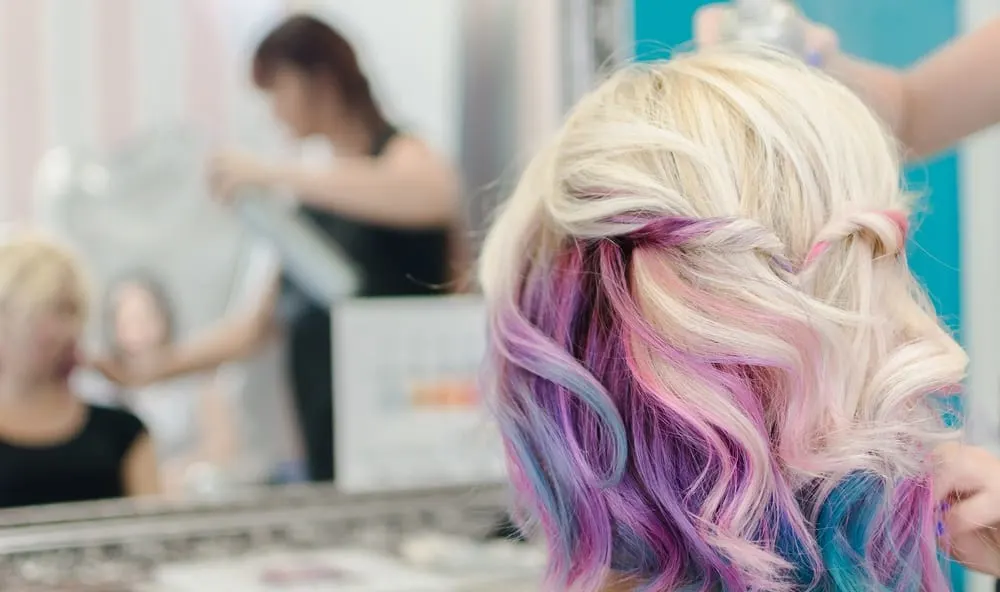
A high-quality clarifying shampoo is one of the best tools you can use to correct hair color mistakes. Just be sure you are using a clarifying shampoo that is not labeled “color-safe:” those are designed to protect hair color and not necessarily remove it.
Clarifying shampoos are specifically formulated to remove the buildup of chemicals, so in this case, they are one of the best and most affordable tools available as a corrective measure. Ask your stylist about the shampoos sold in the salon or others they recommend.
Do not be surprised to find your stylist could favor a drugstore brand! (The most expensive hair products are not always the best: just ask most makeup artists who consistently recommend this tried-and-true mascara. Pick products from reputable professional hair color brands.)
During the process of removing color, you should also take great care to keep hair conditioned and protected and also consider reducing the number of times you style it with heat to minimize damage.
For example, let your hair air-dry more often than you normally would and pull it back into a ponytail or bun some days rather than styling it with a heated tool. Using a protective hair mask once a week is another great way to protect your mane, especially for those with naturally dry hair. Dry or brittle hair can really take a beating with hair color over the years, and conditioners are vital to keeping it looking healthy and smooth.
Those with oily hair should not forego conditioner, either: just look for a product specifically designed for an oily scalp so that the conditioner does not create a greasy or limp and lifeless result.
Root sprays can also work wonders at covering mistakes (or covering gray hair) as you try to transition back to your natural shade. These wash-out products can help you spot-treat areas where new hair growth stands out from the rest of the hair shaft that is dyed. As an added bonus, root sprays can help those with patches of thinning hair by creating a fuller look.
Finally, consider taking the plunge and trying out that pixie cut you have always secretly wanted. A short haircut can be a great way to “rid” yourself of an unfortunate color mistake for those who are brave enough to try it.
You may fear the possibility of swapping out one hair mistake for another, but if you can find a trusted stylist to guide you toward the best short cuts for your face, you may discover a new style that suits you better than any you have worn before.
